Most of you have probably met Steve Kaplan. Between 2010 and 2015, he served as TAG’s in-house organizer until he left to work with the International Alliance of Theatrical Stage Employees. At the IA, he was charged with organizing visual effects and non-traditional motion picture and television production work, such as animation. He is a Guild member, a Trustee and serves on TAG’s Executive Board. Here, he answers some common questions about organizing.
“Every successful organizing drive has an internal committee that is dedicated and focused on getting this done.”
How do you start?
Organizing starts with a conversation. Somebody who’s passionate about an animation shop going union has to talk to their peers about it; they have to relate it to something personal that they can tie to current situations and workplace concerns at the studio. There are reasons why that animation shop should be working under a union contract that only the crew will know. I try to identify those points and then empower the person who is going to be the internal organizer. It’s important to remember that these conversations can be awkward since talking about a union isn’t a typical conversation. Thus, having a peer suggest a way to change something at the studio through collective action needs to come from the heart and should always be tied to a workplace issue that organizing can solve.
How to you start having those conversations without showing your hand?
You find a common thread. It might just be access to the MPI Health Plan, or how the Animation Guild agreement mandates paid holidays and vacation time. The conversations should focus on making positive changes that then become a regular policy in the studio.
But you also advocate going out for coffee or lunch.
That is part of the rules about interaction in the workplace. Any sort of discussion, especially when one is afraid of being found out as a pro-union supporter, should be done away from the studio. Lunch breaks, go out after work, or go out for coffee. Don’t use the company’s e-mail. Don’t use the company’s Internet. It belongs to the company and they are within their rights to track it. Talk to people you trust first. Adding them to your group of supporters is an easier task than going up to a brand new board artist who you saw at another studio once.
What makes an effort successful?
Every successful organizing drive has an internal committee that is dedicated and focused on getting this done. So that process requires people to identify what policies in the studio need to be changed or implemented, be able to say how a union contract could address those needs and then explain that no matter how difficult it is to get to the contract it’s worth it. It’s really the lack of immediacy that causes people to waver. Most organizing campaigns are months and months of talking. Organizing itself has to be organic and somebody has to be able to go outside their comfort zone. But you start with common threads and among your trusted peers to establish a connection first.
What if they’re a small studio?
The size of the studio does not equate to their ability to sign the Animation Guild agreement. It is important to remember that most “small” studios are working for the large studios. Those large studios are signed to the agreement, and are aware of the costs. There are a few smaller and independent studios in Los Angeles signed to the agreement that seem to flourish. Still, every negotiation is different and concessions are possible. The Guild is not out to harm a business partner who can show that there are parts of the agreement they aren’t able to handle immediately.
Do you approach a studio with 30 people differently than one with 1,100?
With 30 people, I can be that social influencer. It might take me a month and a half but if I push hard enough I can probably get in front of all 30 of those people and be able to get a sense of where they are on the organizing scale—if they’re going to sign a representation card and support the effort. Eleven hundred people are going to need more than just me. But the conversations are the same. People want to know what the union can do for them and how much it’s going to cost—time, energy and money. Success comes from showing how becoming a union shop not only benefits the crew, but the shop as well.
What else can you do?
You should act in your own comfort zone. If you’re not comfortable with those discussions but you want the studio to unionize, talk to us—to me or to Jason. There are ways we can start the conversations with your peers. I also try and educate people that the relationship with the employer should not be one where you feel indebted or a familial tie. You’re in a business relationship and they will drop you like a hot rock if it suits them. When you shake that hand with that, “Congratulations, you’ve got the job,” you are on equal footing with the employer. From that day forward, the employer is trying to improve their standing against you. They’re trying to build their power against you. All the union agreement does is reset that power by using the collective.
There’s often a pattern you see in studios when they find out artists are trying to unionize.
Responses from an employer who is not interested in signing a union agreement are numerous and varied, and all based on the fear the employer has about “going union”. Knowing that the employer is making those arguments out of fear is important in countering them. Ultimately the union agreement strives to continue the prosperous relationship between the employer and the crew, while giving the crew the ability to address concerns and issues in a meaningful way. Most employers fear the loss of “control” which equates to having to work with the crew (i.e. union) to enact changes. Countering any anti-union arguments made should be done with that in mind.
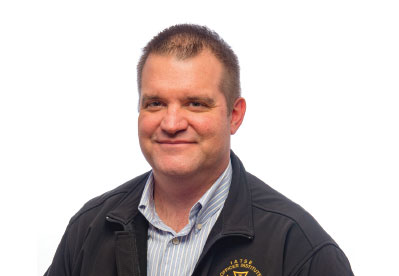
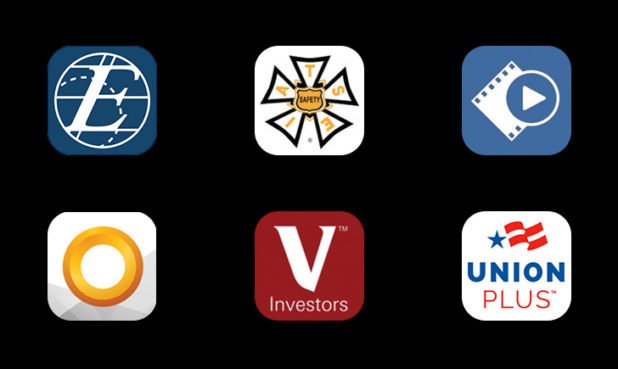
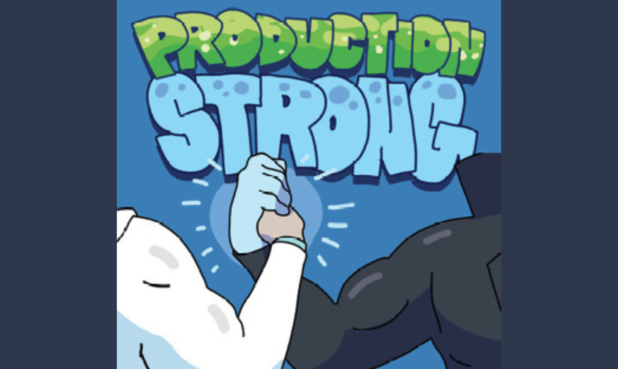
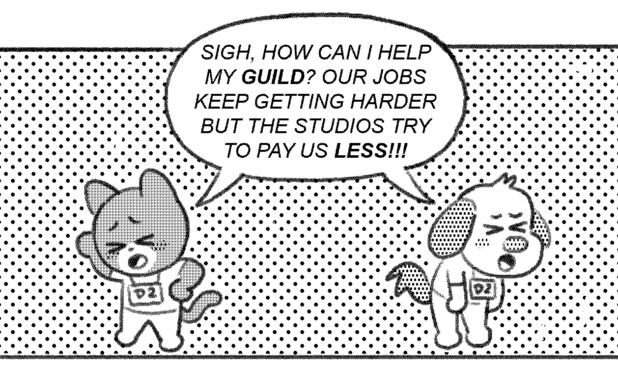
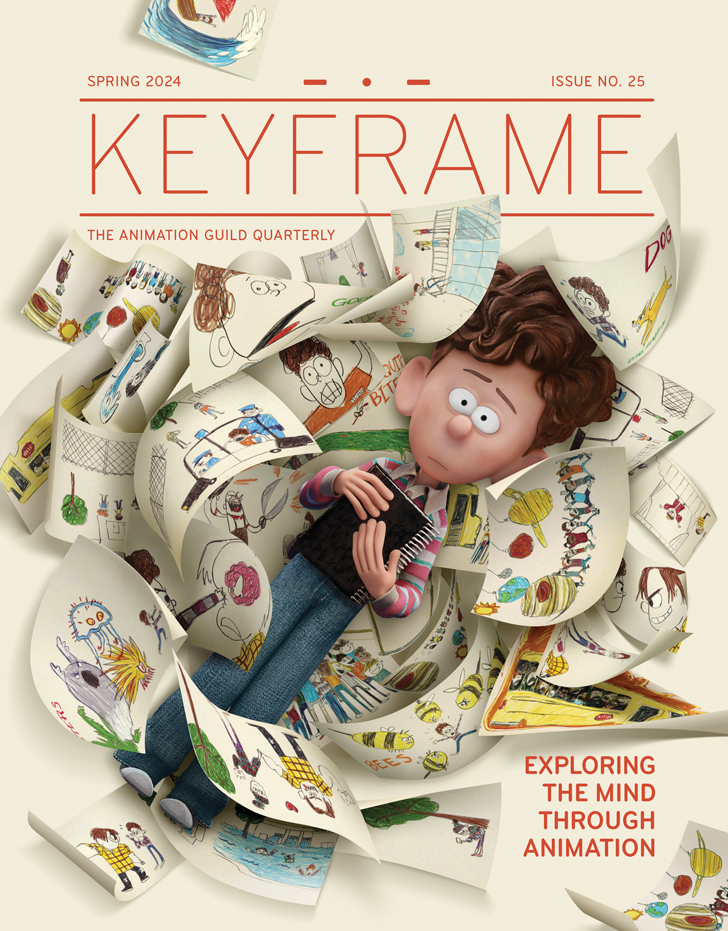

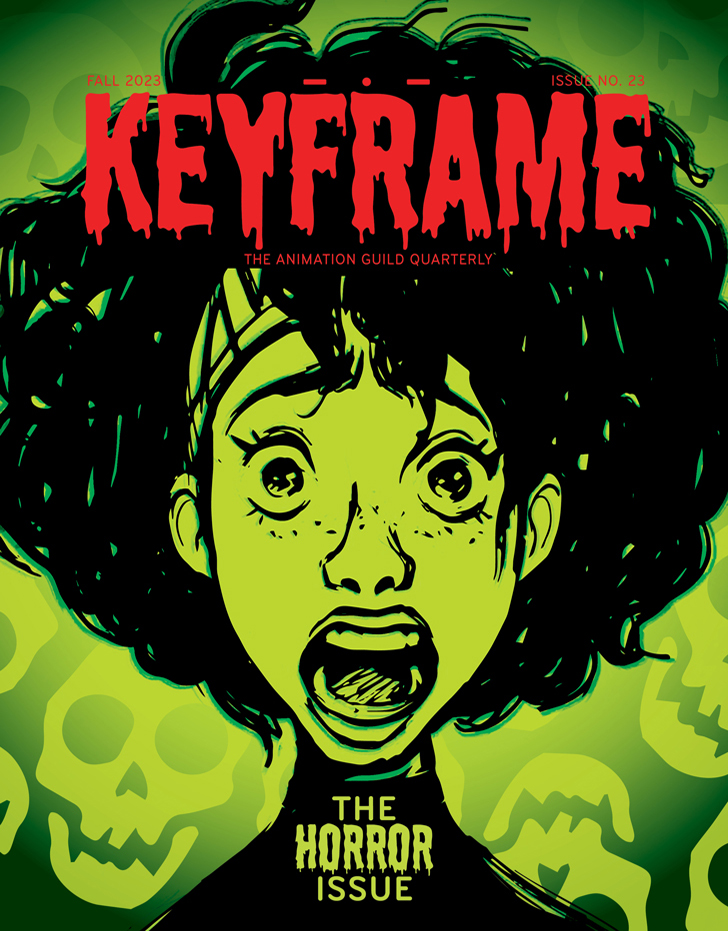
.png)